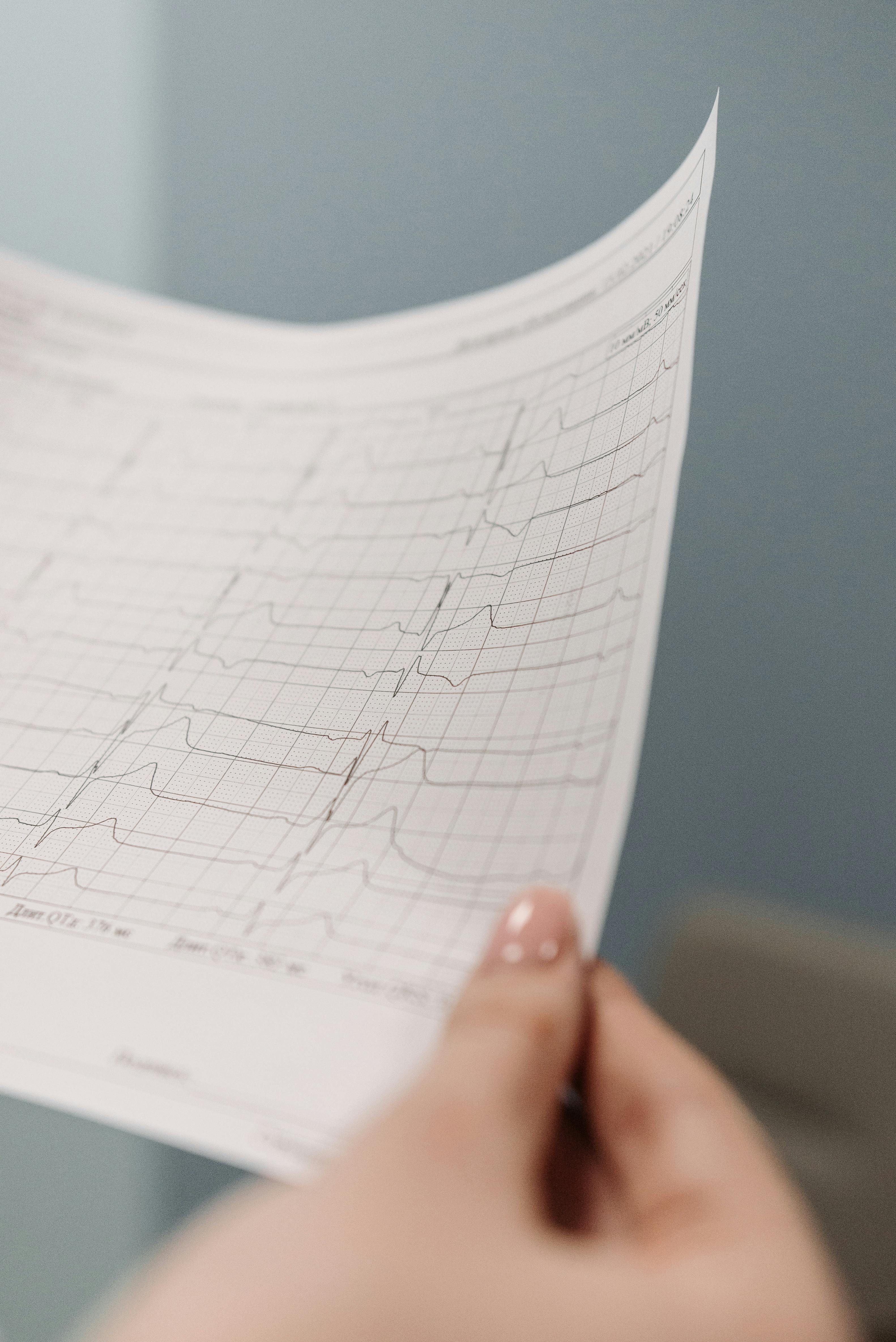Apply Now
Understanding Infected Cut Symptoms in 2025
Infections can occur in any type of cut, leading to various symptoms that indicate the type and severity of the infection. Knowing how to properly identify an infected cut is crucial, as timely intervention can significantly reduce the risk of complications. Symptoms can range from mild to severe, and they vary depending on the infection's cause. The understanding of these symptoms will help you differentiate between a normal cut healing and a potential infection, enabling quicker medical response when necessary.
A few common infected cut symptoms include redness around the cut, warmth at the infection site, persistent pain, and the presence of pus. It’s essential to remain vigilant about such signs. This article will explore the signs of infection, treatment options, and methods for identification and management of infected cuts. By understanding these elements, you can ensure better wound care and promote swift healing.
Recognizing Signs of Infection
Recognizing infection indicators in cuts is the first step toward effective treatment. Standard symptoms include an increase in swelling around the cut and redness, which can indicate the body's inflammatory response to bacteria. Other signs often include physical warmth at the cut site, which may feel hotter than the surrounding skin, persistent pain, and drainages such as pus or an odorous discharge from the cut. If you experience any of these symptoms, it’s crucial to closely monitor your condition as they can escalate quickly.
Moreover, systemic symptoms like fever and swollen lymph nodes often accompany local signs, signaling that the infection could potentially spread, leading to more severe conditions. Of particular concern are escalating tenderness and discomfort, which warrant immediate medical evaluation. As one progresses through the various infections, understanding these initial signs can help in preventing complications.
Redness and Swelling Around the Cut
A lot of individuals may notice redness around the cut, which can be one of the most alarming signs of an infection. Increased redness is a result of blood flow to the area as the body tries to fight off possible pathogens. If the redness is spreading beyond the immediate edges of the cut, it indicates a more serious infection.
Swelling around the cut is another telltale sign. While minor swelling can be a part of normal healing, excessive swelling can indicate that pus is building up or that there is increased inflammation. It's best to assess the cut regularly and watch for changes that may signify complications. Utilizing ice packs can help reduce the swelling temporarily, but it is essential to consult with a healthcare professional if the condition does not improve.
Signs of Pus and Discharge
When pus forms at the site of a cut, it is a clear indicator of infection. Pus is typically a thick, yellowish fluid including dead white blood cells, bacteria, and tissue debris. The presence of pus can vary, as some may notice crusting around the wound, while others might have a continual discharge.
Infected wounds might also exude an odd or foul odor. This offensive smell can indicate the presence of specific bacteria that are causing the infection. Furthermore, any discharge that seems to be increasing over time or is accompanied by a heightened level of pain is a sign to seek medical help.
Effective Cut Infection Treatment Methods
After identifying the signs of a possible infection, the next step involves understanding the treatment options available. It's critical to act swiftly as untreated infections can lead to severe complications, including abscess formation or even systemic infections.
Home Remedies for Infected Cuts
Home care for infected cuts should start with cleaning the area thoroughly. Use mild soap and gentle water to rinse the cut, followed by an antiseptic application. Over-the-counter treatments with antibiotic ointments can be beneficial in preventing the spread of infection and promoting healing.
Keeping the cut bandaged can also protect it from additional bacteria while keeping it clean. Regularly changing the bandage and monitoring for any additional symptoms is crucial. It’s essential to avoid using alcohol or hydrogen peroxide directly on an infected cut as they may hinder healing more than help it. Instead, keep the wound moist with the appropriate ointment and properly covered.
When to Seek Medical Help for Cuts
Identifying when to visit a doctor for a suspected infected cut is vital. You should seek immediate medical attention if you experience increasing pain, significant swelling, or a spreading redness that expands past the boundaries of the original cut.
Persistent fever in conjunction with a cut and worsening symptoms often necessitate a professional evaluation. Additionally, if the infection is not responding to home care after a couple of days, you may need to consider a professional’s assessment to avoid complications.
Utilizing Topical Treatments for Infected Cuts
Topical treatments can play a significant role in managing cut infections. Antibacterial ointments are commonly used to treat light infections, while stronger prescriptions might be required for more severe cases. It’s advisable to consult a healthcare professional to determine whether topical antibiotics are suitable for your specific situation.
Moreover, always consider integrating elements that promote healing, such as maintaining a healthy lifestyle and diet. Your body’s natural healing ability can be supported by drinking plenty of water, eating nutritious foods, and ensuring proper rest. Understanding these components can lead to a notably quicker recovery process.
Proper Wound Care Techniques
Understanding proper hygiene and care for cuts can significantly reduce the risk of infection. With appropriate preventive measures and care strategies, your healing process can be expedited while minimizing complications.
Cleaning and Dressing Infected Cuts
Careful cleaning is fundamental after sustaining a cut. Start by gently rinsing the wound with clean water to remove any debris. Afterward, apply an antiseptic solution to eliminate bacteria that may lead to infection. Once cleaned, bandaging the wound can protect it while offering moisture essential for healing.
Dressing a wounded cut should strike a delicate balance: it needs to remain dry to prevent excess moisture and minimize the risk of secondary infections, while also providing enough exposure to air to support the healing process. Ensure that the dressing is not too tight, as this may cause additional pressure and discomfort.
Maintaining Good Hygiene for Cuts
Maintaining good hygiene is key to preventing infected wounds. Always clean your hands before and after managing a cut to minimize exposure to pathogens. Utilizing clean, sterile dressings and ensuring that your environment is free from germs can also avoid complications.
Additionally, when engaging in activities that expose your cuts to dirt or potential irritants, it is wise to cover them until they have healed adequately. Understanding the risks associated with open wounds can help you avoid infections altogether.
Managing Cut Infections: A Step-by-Step Process
Managing cuts effectively involves a systematic approach. First, assess the wound regularly for signs of infection—look for symptoms such as warmth, swelling, and redness. Next, clean the cut daily, ensuring to remove any scabs or crust that may form unhealthy barriers to healing.
After cleaning, apply an appropriate topical treatment, ensuring to choose the right antiseptic or antibiotic based on your healthcare provider’s recommendations. Bandage the wound adequately, checking to change it regularly. Throughout the healing process, monitor any progression or worsening of symptoms. Always err on the side of caution and seek advice if you are unsure.

Signs Indicating Need for Advanced Care
Certain situations signify the necessity for advanced medical care when dealing with cut infections. Understanding the critical signs can be life-saving and can help prevent severe health issues.
Recognizing Danger Signs with Cuts
Danger signs include escalating levels of pain, fever, or any discharge that is worsening. Notably, if you observe redness that appears to be travelling away from the cut site or develops into streaking lines, this may indicate a blood infection, warranting immediate medical attention.
Additionally, some systemic symptoms such as extreme fatigue, deformed or swollen lymph nodes, or difficulty breathing should alert you to seek immediate help. Understanding these critical signs can make a significant difference in outcomes for cut infections.
Understanding Complications from Untreated Infected Cuts
Poor management of infected cuts can lead to chronic infections, abscesses, or even conditions like sepsis. Learning about these risks can motivate prompt action to treat infections efficiently. Recognizing minor infections early can prevent them from worsening, leading to more significant health complications.
Chronic cuts that refuse to heal properly can also indicate underlying health issues; thus, a visit to a healthcare provider could reveal more serious health conditions. It is essential to take cut care seriously to avoid impairing your immune system over time.
Consulting a Doctor for Cut Care
Consulting a healthcare professional is vital in situations where you have doubts about the healing of your cut. Engaging with a professional can provide information and treatment plans tailored to your specific needs, promoting better healing outcomes.
Presenting your doctor with a comprehensive overview of your cut symptoms can facilitate accurate diagnosis and treatment recommendations, including possible topical vs oral antibiotics based on your condition. Actively participating in your care process can lead to improved health literacy around cuts.

Conclusion: Proactive Cut Management in 2025
Proactively managing cuts and infection symptoms plays an important role in maintaining your overall health. From home remedies to recognizing serious symptoms requiring medical attention, an informed approach reduces the risks associated with infection.
Practicing proper hygiene, understanding wound care strategies, and recognizing when to seek professional help equip you to handle cuts effectively. By fostering a proactive mindset surrounding cut management, you can ensure not only your cuts heal properly, but you can also help prevent complications that arise from neglected injuries.
Staying educated about cut infections will empower you and those you care for in navigating infection prevention strategies, ultimately promoting a healthier community.


